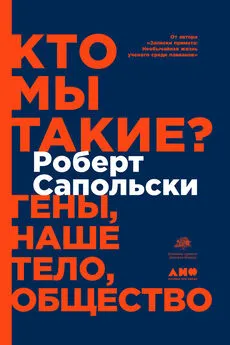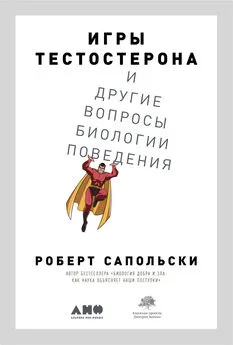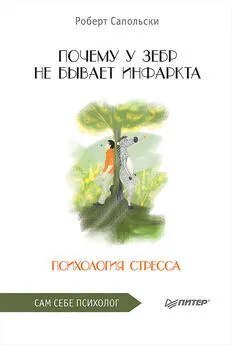Роберт Сапольски - Биология добра и зла. Как наука объясняет наши поступки
- Название:Биология добра и зла. Как наука объясняет наши поступки
- Автор:
- Жанр:
- Издательство:Альпина нон-фикшн
- Год:2019
- Город:Москва
- ISBN:978-5-0013-9051-0
- Рейтинг:
- Избранное:Добавить в избранное
-
Отзывы:
-
Ваша оценка:
Роберт Сапольски - Биология добра и зла. Как наука объясняет наши поступки краткое содержание
Биология добра и зла. Как наука объясняет наши поступки - читать онлайн бесплатно ознакомительный отрывок
Интервал:
Закладка:
985
M. Power, “Confessions of a Drone Warrior,” GQ , October 22, 2013; J. L. Otto and B. J. Webber, “Mental Health Diagnoses and Counseling Among Pilots of Remotely Piloted Aircraft in the United States Air Force,” MSMR 20 (2013): 3; J. Dao, “Drone Pilots Are Found to Get Stress Disorders Much as Those in Combat Do,” New York Times , February 22, 2013.
986
J. Altmann et al., “Body Size and Fatness of Free-Living Baboons Reflect Food availability and Activity Level,” Am J Primat 30 (1993): 149; J. Kemnitz et al., “Effects of Food Availability on Insulin and Lipid Levels in Free-Ranging Baboons,” Am J Primat 57 (2002): 13; W. Banks et al., “Serum Leptin Levels as a Marker for a Syndrome X–Like Condition in Wild Baboons,” J Clin Endo and Metabolism 88 (2003): 1234.
987
R. Tarara et al., “Tuberculosis in Wild Baboon ( Papio cynocephalus ) in Kenya,” J Wildlife Diseases 21 (1985): 137; R. Sapolsky and J. Else, “Bovine Tuberculosis in a Wild Baboon Population: Epidemiological Aspects,” J Med Primat 16 (1987): 229.
988
R. Sapolsky and L. Share, “A Pacific Culture Among Wild Baboons, Its Emergence and Transmission,” PLoS Biol 2 (2004): E106; R. Sapolsky, “Culture in Animals, and a Case of a Non-human Primate Culture of Low Aggression and High Affiliation,” Soc Forces 85 (2006): 217; R. Sapolsky, “Social Cultures in Non-human Primates,” Curr Anthropology 47 (2006): 641; R. Sapolsky, “A Natural History of Peace,” Foreign Affairs 85 (2006): 104.
989
I. DeVore, Primate Behavior: Field Studies of Monkeys and Apes (New York: Holt, 1965).
990
A. McAvoy, “Pearl Harbor Vets Reconcile in Hawaii,” Associated Press, December 6, 2006; R. Ohira, “Zenji Abe, the Enemy Who Became a Friend,” Honolulu Advertiser , April 12, 2007.
991
N. Rhee, “Why US Veterans Are Returning to Vietnam,” Christian Science Monitor, November 10, 2013.
992
K. Sim and M. Bilton, Remember My Lai , (PBS Video, 1989); G. Eckhardt, My Lai: An American Tragedy (Kansas City: University of Missouri– Kansas City Law Review, Summer 2000); M. Bilton and K. Sim, Four Hours in My Lai (New York: Penguin, 1993) – отсюда взята цитата Варнадо Симпсона; T. Angers, The Forgotten Hero of My Lai: The Hugh Thompson Story (Lafayette, LA: Acadian House, 1999) – отсюда процитирован Хью Томпсон.
993
К сноске: M. Bilton and K. Sim, Four Hours in My Lai (NY: Penguin, 1993).
994
A. Hochschild, Bury the Chains: The British Struggle to Abolish Slavery (Basingstoke, UK: Pan Macmillan, 2005); E. Metaxas, Amazing Grace: William Wilberforce and the Heroic Campaign to End Slavery (New York: HarperOne, 2007).
995
G. Bell, Rough Notes by an Old Soldier: During Fifty Years’ Service, from Ensign G. B. to Major-General C. B. (London: Day, 1867).
996
M. Seidman, “Quiet Fronts in the Spanish Civil War,” libcom.org, Summer 1999; F. Robinson, Diary of the Crimean War (1856); E. Costello, The Adventures of a Soldier (1841); BiblioLife, 2013; J. Persico My Enemy, My Brother: Men and Days of Gettysburg (Cambridge, MA: Da Capo Press, 1996).
997
S. Weintraub, Silent Night: The Story of the World War I Christmas Truce (New York: Plume Press, 2002).
998
T. Ashworth, Trench Warfare, 1914– 1918: The Live and Let Live System (London: Pan Books, 1980). Установка «Живи и давай жить другим» также рассматривается у Роберта Аксельрода: R. Axelrod, The Evolution of Cooperation (New York: Basic Books, 2006).
999
E. Jones, “One War Is Enough,” Atlantic , February 1946.
Интервал:
Закладка:
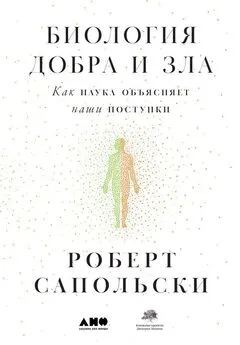
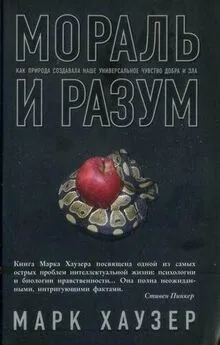
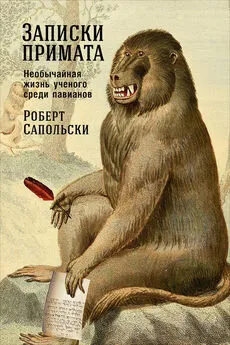
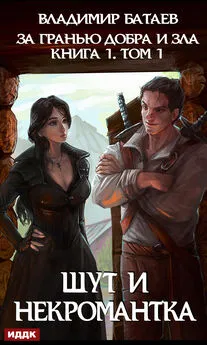

![Роберт Сапольски - Игры тестостерона и другие вопросы биологии поведения [litres]](/books/1074102/robert-sapolski-igry-testosterona-i-drugie-vopros.webp)
